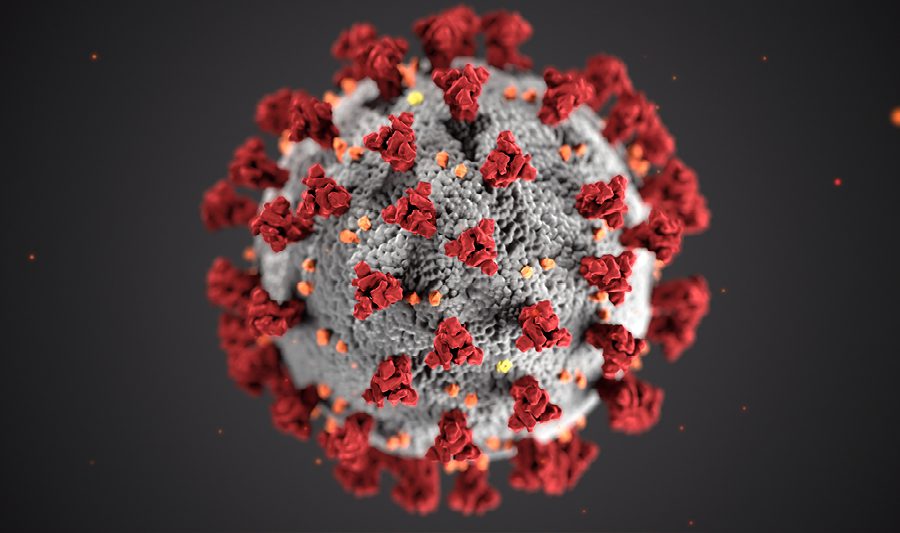Should we worry about viruses in drinking water?
Sources of naturally clean water are becoming increasingly scarce, making it one of the world’s most critical resources. Therefore, more and more communities and companies have to recycle water. However, even naturally sourced water from ground aquifers or rivers could contain harmful chemical or biological contaminants from surface water run-off. Without proper disinfection, both recycled and naturally sourced water is likely to contain dangerous waterborne pathogens, including Cryptosporidium and giardia.
Lack of access to clean water disproportionally affects those living in poverty in rural, developing regions; however, even populations living in developed countries,with modern water and waste treatment facilities are susceptible to waterborne disease outbreaks.
Cases of illnesses caused by contaminated drinking water are considered to be significantly under-reported in all countries, regardless of socio-economic status, as people often do not seek medical attention and due to the difficulty in detecting viral infections, particularly.
Although bacteria in unsafe drinking water is a well-known cause of diarrhoea, dangerous viruses in water are often ignored. The World Health Organization (WHO) classify many water-transmitted viral pathogens as having moderate to high health significance. These include adenovirus, astrovirus, hepatitis A and E viruses, rotavirus, norovirus and other caliciviruses, and enteroviruses, including coxsackieviruses and polioviruses. Most of the above viruses are most associated with gastroenteritis, which can result in diarrhoea, alongside other symptoms including abdominal cramping, vomiting, and fever. Some of these same viruses could also cause more severe illnesses, including encephalitis, meningitis, myocarditis (enteroviruses), cancer (polyomavirus), and hepatitis (hepatitis A and E viruses). It is concerning that several of these viruses have extremely low infectious doses; the probability of infection from exposure to just one rotavirus particle is 31%.
It is therefore imperative that all relevant authorities and companies prioritise ensuring all drinking water is safe and free of harmful contaminants. Most water disinfection involves the use of free chlorine and/or monochloramine to remove viruses. However, these disinfection processes are ineffective against Cryptosporidium, a protozoan that can cause diarrhoea, and the process also produces toxic disinfection by-products (DBPs).
We also have to be alert to the fact that bacteria and viruses have the potential to become chemically resistant. Therefore, it is important that Germicidal Ultraviolet (UV-C) light is used to control bio-contamination.
![]() Disinfection using UV-C light is a decades’ proven, chemically-free, safe, and sustainable method for creating safe drinking water by destroying water contaminating viruses, bacteria, moulds, yeasts, protozoa, spores, algae and other micro-organisms.
Disinfection using UV-C light is a decades’ proven, chemically-free, safe, and sustainable method for creating safe drinking water by destroying water contaminating viruses, bacteria, moulds, yeasts, protozoa, spores, algae and other micro-organisms.
Covid-19 is tracked by studying wastewater concentrations because it is found in faeces. With respect to the Centers for Disease Control & Prevention (CDC), they confirmed during the summer that no Covid-19 was reported in drinking water. Clearly they and many institutions around the world will be diligently monitoring the risk of Omicron Covid-19 in water very closely now.
We in the UK source our water from not recycling wastewater but from traditional natural sources. The monitoring is essential because coronavirus is prevalent to such an extent that it, just like all those other common, traditional bacterial and viral pathogens, could work its way into rivers and aquifers via ground contamination.
The use of ultraviolet disinfection should deal with the virus which causes Covid-19, SARS-CoV-2, because it, and all other human coronaviruses are inactivated by germicidal ultraviolet light (UVC) very easily, whether in air ( main transmission route) or ,if it were ever to present a risk, to ensuring water-security.
UV-C flow reactors can be installed in treatment works and/or in water pipelines. They are designed for the appropriate liquid flow rates, target pathogens (local or new pathogens may prevail), the water temperature and disinfection level, all of which affect UV-C dosage. UV-C is particularly suitable for disinfection of cooling towers, hot and cold-water systems and drinking water, whether bore-hole or river abstracted water for drinking or processing.
In contrast, for hot water systems, UV-C is used to combat biofilms (a thick layer of harmful microbes) on immersion heaters and so one needs effective water treatment in the tank. Clearly, the other main benefit of in-tank systems is eradicating the deadly pathogen, Legionella. If the water quality is very poor, UV-C emitters can provide water treatment for industrial process water too.
PP-L specify effective water UV-C emitters for each organisation’s specific needs. These products:
- Will inactivate all viruses (variant agnostic), bacteria, moulds, yeasts, protozoa, spores, algae, and other micro-organisms to create safe drinking water
- Are easy to integrate into systems for the safe disinfection of service and drinking water
- Made of the highest quality stainless steel corrosion resistant materials for a robust and long service life with low maintenance.
- Can be designed specifically for individual organisations’ waterborne pathogens of concern (confidentiality assured)
- Meet all requirements for EU and British standards on safe water disinfection
PP-L can also design tailored UV-C solutions for other high pathogen contaminated liquids such as effluent, dairy and other food process liquids. PP-L also design and provide air disinfection solutions against airborne pathogens.
The use of UV-C within water disinfection processes will ensure harmful pathogens are inactivated, stopping preventable waterborne diseases from being transmitted.








Leave a Reply